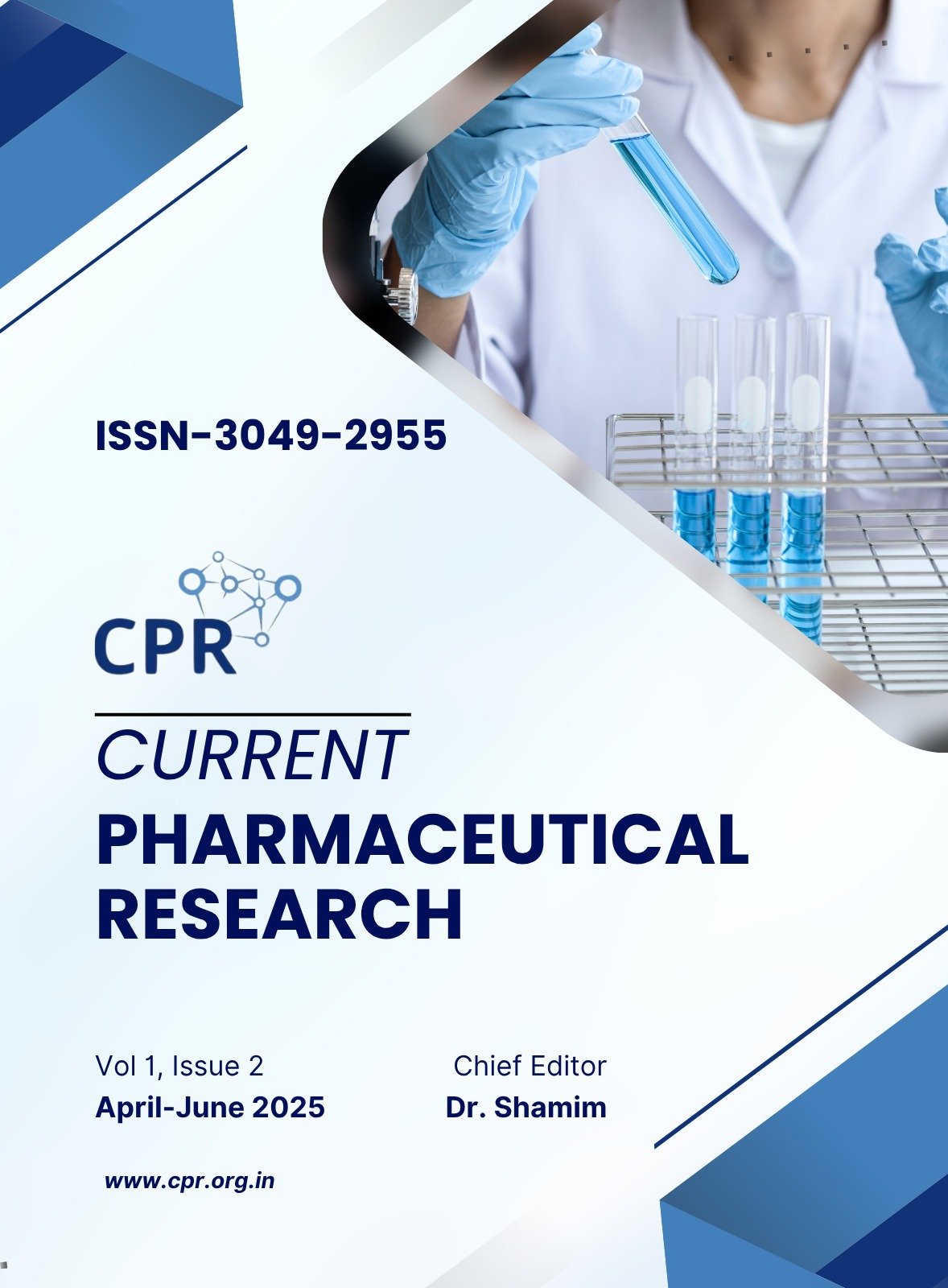Overview of Peptic Ulcer Disease: Epidemiology, Causes, Pathophysiology, and Clinical Importance
DOI:
https://doi.org/10.63785/cpr.2025.1.2.184192Keywords:
Stomach ulcers, duodenal ulcers, gastric ulcers, Helicobacter pylori, epigastric pain, and abdominal pain.Abstract
Peptic Ulcer Disease (PUD) is a prevalent gastrointestinal condition characterized by ulcerative lesions in the stomach, duodenum, or lower esophagus, resulting from an imbalance between aggressive factors such as gastric acid, pepsin, Helicobacter pylori infection, and NSAID use, and protective mechanisms including mucus and bicarbonate secretion. Affecting approximately 5– 14% of the global population—primarily men aged 40 to 60—PUD presents with symptoms like epigastric pain and discomfort, with diagnosis often confirmed via upper gastrointestinal endoscopy. The pathophysiology of PUD involves complex interactions among genetic predisposition, environmental triggers, and lifestyle factors. Its chronic nature, characterized by alternating periods of flare-ups and remission, poses significant clinical and economic challenges. Advances in understanding gastric physiology and the identification of H. pylori have transformed the management and surgical approach to the disease, underscoring its continued relevance in modern gastroenterology.
Downloads
Published
Issue
Section
License

This work is licensed under a Creative Commons Attribution-NonCommercial 4.0 International License.






